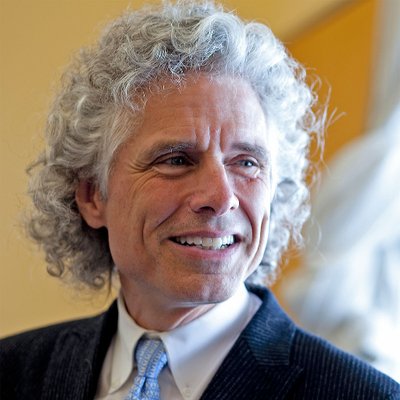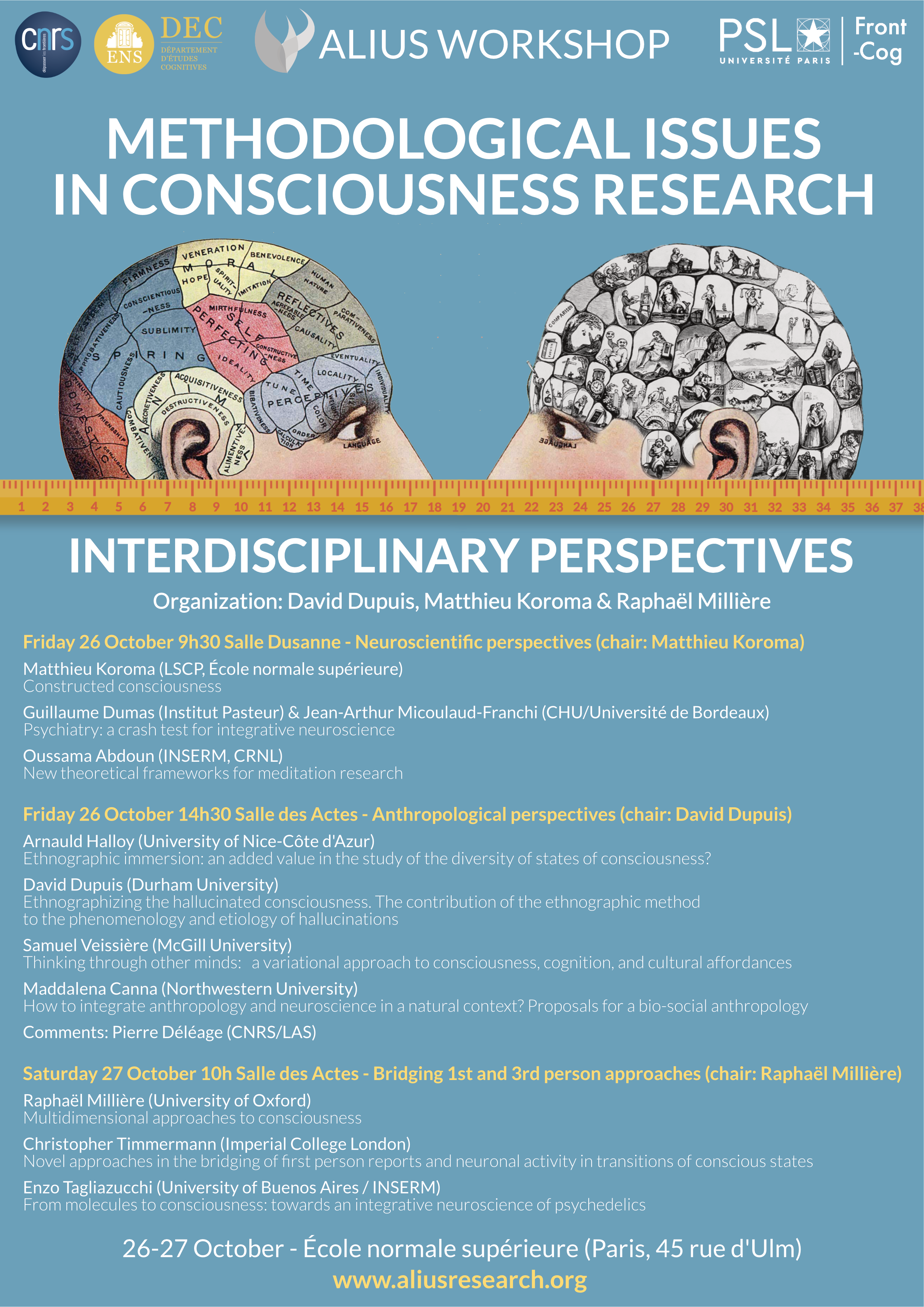Sound structure in human language
Languages differ in their phonology, i.e. in the sounds they use (French has nasal vowels, English doesn’t), in the restrictions upon the sequencing of these sounds within syllables and words (in French, words cannot start with the sequence /tl/; in English, /h/ can only occur syllable-initially), and in the processes that modify these sounds across words (in English, /t/ can be changed into /p/: “sweet boy” can be pronounced as “sweep boy”; in French, it can be changed into /d/: “botte verte” can be pronounced as “bodde verte”).




